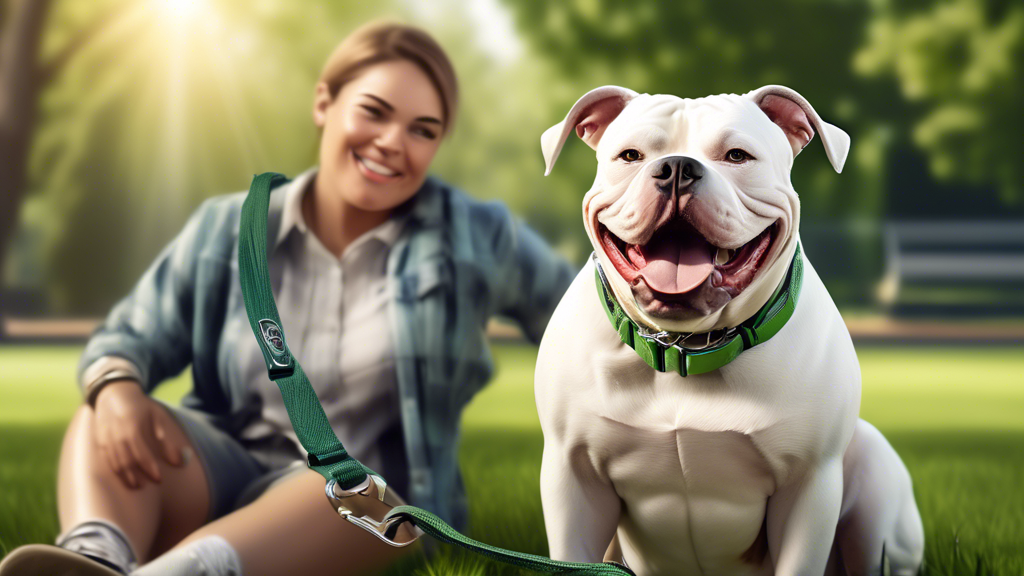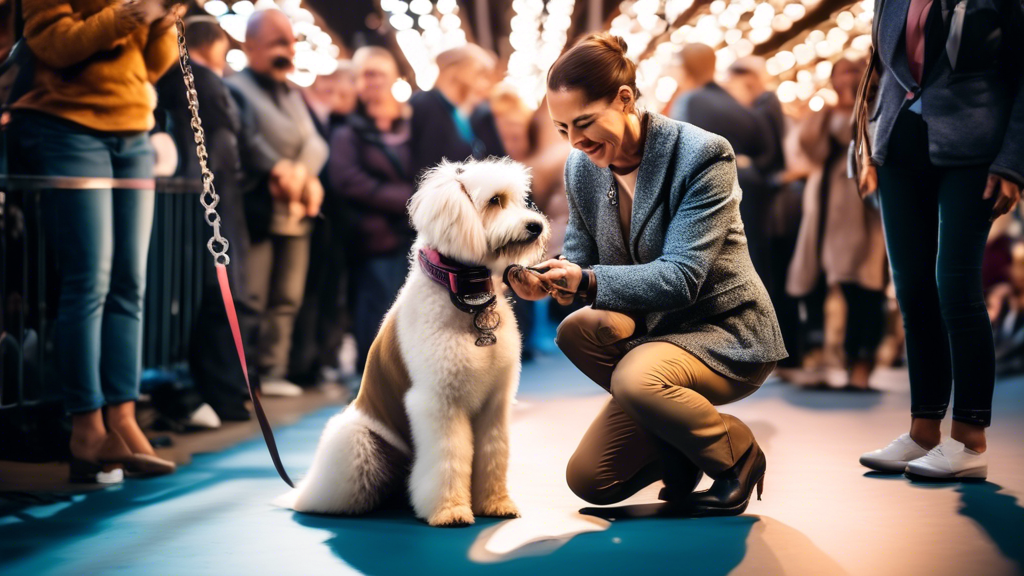Understanding American Bully Behavior: A Guide for Responsible Ownership
American Bully, a popular companion breed, possesses a unique blend of physical prowess and emotional intelligence. However, understanding their behavior is crucial for a harmonious relationship. Dive into this comprehensive guide to uncover the breed’s history, temperament, common behavioral challenges, and effective training solutions. By exploring the complexities of American Bully behavior, owners can foster a strong bond, address potential issues, and ensure the well-being of their beloved canine companions. This guide will equip you with the knowledge and techniques necessary to navigate the unique behavioral traits of this exceptional breed, resulting in a fulfilling and rewarding ownership experience.
## American Bully Breed Characteristics and Temperament
### Understanding the Breed’s History and Physical Traits
The American Bully is a relatively new breed, developed in the early 1990s by crossing the American Staffordshire Terrier, American Pit Bull Terrier, and other bulldog-type breeds. They are known for their distinctive physical appearance, featuring a large, muscular frame with a blocky head and a broad chest. American Bullies come in a variety of colors and coat lengths.
### Behavioral Characteristics: Loyalty, Protectiveness, and Intelligence
American Bullies are renowned for their exceptional loyalty and protectiveness. They form strong bonds with their owners and are highly devoted to their families. Their protective nature makes them excellent guard dogs, always alert and ready to defend loved ones against perceived threats.
Intelligence is another hallmark of the American Bully breed. They are quick learners and eager to please, which makes them highly trainable. With consistent training and positive reinforcement, American Bullies can master a wide range of commands and behaviors.
### Potential Challenges and Owner Responsibilities
While American Bullies are generally gentle and loving companions, it’s important to recognize potential challenges associated with the breed. Understanding these challenges and taking appropriate measures is essential for responsible ownership.
**Aggression:** In some cases, American Bullies can exhibit aggressive behaviors, particularly if they feel threatened or provoked. It’s crucial to socialize and train them from puppyhood to minimize this risk and ensure they are well-behaved around people and other animals.
**Separation Anxiety:** American Bullies are highly attached to their owners and can suffer from separation anxiety when left alone for extended periods. This can lead to destructive behaviors such as chewing or barking. Providing them with plenty of exercise and mental stimulation before leaving them alone can help reduce anxiety.
**Destructive Chewing:** American Bullies have a strong urge to chew. If not provided with appropriate chew toys or outlets for their chewing needs, they may resort to destructive chewing on furniture or other objects.
The #1 Free Source for Pitbull & Bully Pedigrees!

Common Behavioral Problems and Training Solutions
-
Aggression: Causes, Triggers, and Management Techniques
American Bullies can exhibit aggression due to various factors, including fear, anxiety, territoriality, or frustration. Triggers can range from other animals to strangers or perceived threats. Management techniques involve socialization, obedience training, and professional guidance to address underlying triggers and prevent aggressive behavior.
-
Separation Anxiety: Symptoms, Prevention, and Treatment
Separation anxiety manifests in behaviors such as excessive barking, destructive chewing, and urinating or defecating in inappropriate areas when left alone. Prevention involves gradual desensitization to absences and creating a positive association with being alone. Treatment options include anxiety medication, calming aids, and behavior modification.
-
Destructive Chewing: Reasons and Positive Training Approaches
Destructive chewing in American Bullies can stem from boredom, stress, or teething. Training involves providing appropriate chewing toys, redirecting behavior, and using positive reinforcement to reward desirable chewing habits. Management techniques include limiting access to non-chewable items and crate training to prevent inappropriate chewing.
-
Training Tips: Bonding, Positive Reinforcement, and Socializing
Effective training for American Bullies emphasizes bonding, positive reinforcement, and socialization. Bonding builds trust and mutual respect, enhancing training effectiveness. Positive reinforcement rewards desirable behaviors, promoting motivation and repetition. Socialization exposes puppies to various experiences, building confidence and preventing future behavioral issues.
**Conclusion**
Understanding the behavior of American Bullies is crucial for responsible ownership. By recognizing breed characteristics, addressing potential challenges, and utilizing effective training techniques, owners can foster a harmonious relationship with their loyal companions. Training is paramount, emphasizing positive reinforcement and socialization to develop well-balanced and well-behaved American Bullies. Addressing behavioral problems promptly and effectively ensures the well-being of both the dog and its family. With dedication and an understanding of the breed’s unique traits, American Bully owners can enjoy a fulfilling and rewarding bond with their beloved pets.













Leave A Comment